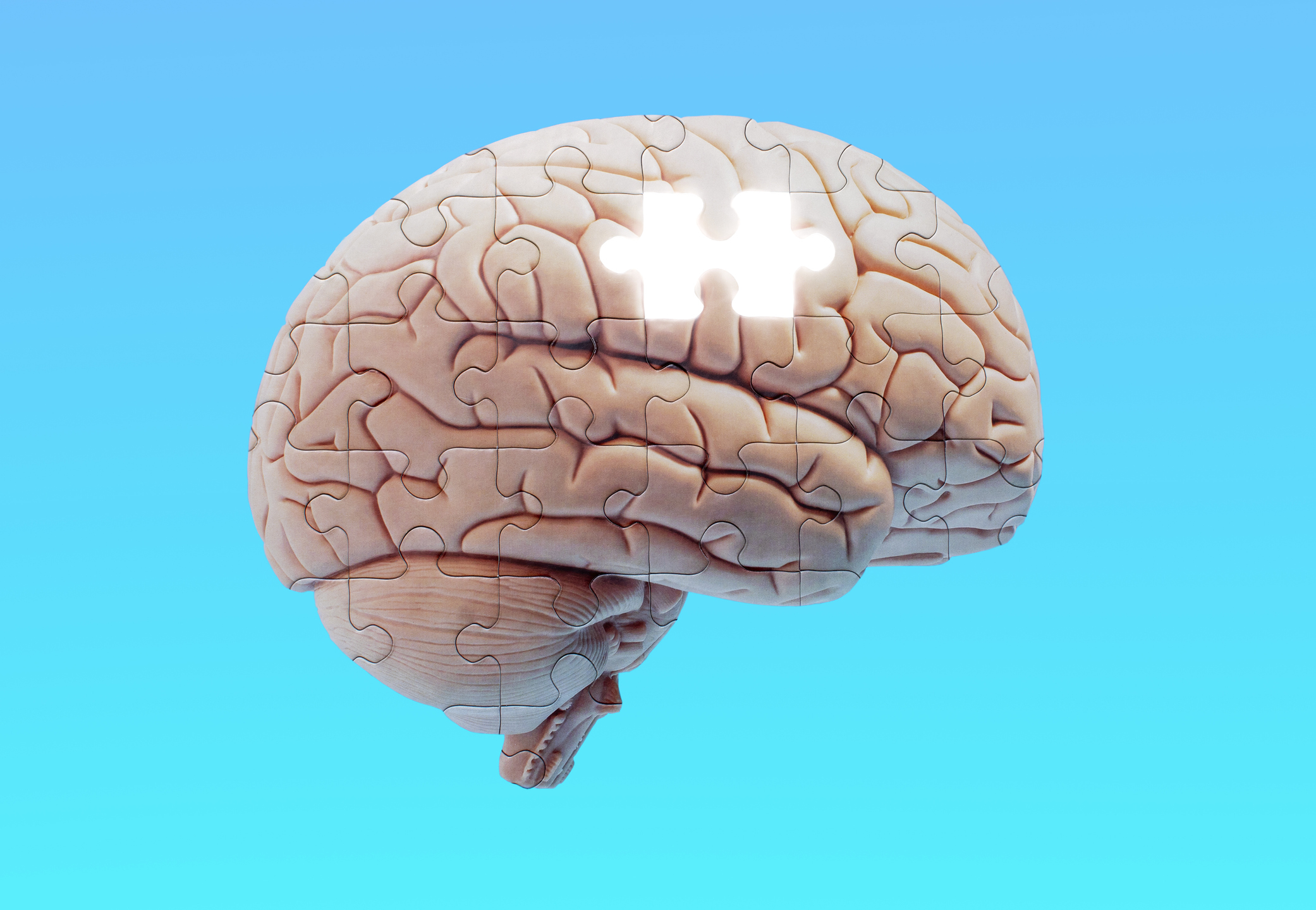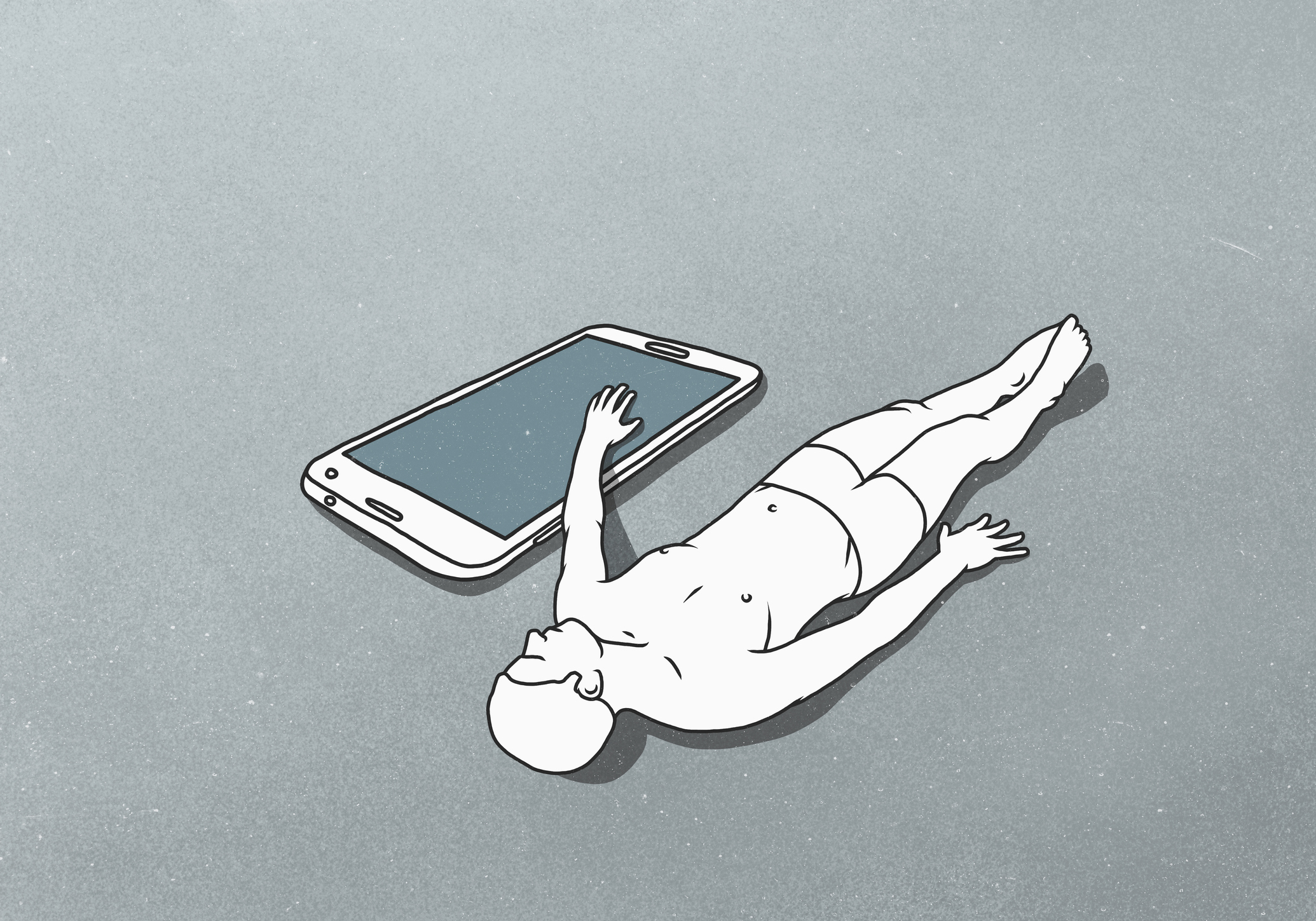In a degenerate society, physical culture is revolutionary.
Senile and Lovin’ It

Why are so many young Americans being diagnosed with Alzheimer’s?
Every 60 seconds, someone in the U.S. develops Alzheimer’s disease; within the next thirty years, the rate of diagnosis of the life-altering brain disorder will double. The U.S. is facing an Alzheimer’s crisis of epic proportions, and an increasingly large number of young Americans are being diagnosed with a progressive neurologic disorder once mostly associated with people over the age of 65.
Dementia is an umbrella term for several neurocognitive disorders. Alzheimer’s disease, the most common type of dementia, begins with mild memory loss. Quite often, it results in the afflicted being unable to continue a conversation or respond appropriately to their environment. Alzheimer’s affects the parts of the brain directly responsible for thought processing, memory formation, and language. There are two types of Alzheimer’s: late-onset and early-onset. The former, far more common, generally begins after the age 65. The latter, sometimes referred to as young-onset Alzheimer’s, was once considered incredibly rare, but has become a common disease in the U.S. Between 2013 to 2017, according to the Health of America Report, the rate of new early-onset Alzheimer’s cases increased by 200 percent among individuals between the ages of 30 and 64. Anywhere between 300,000 and 360,000 Americans now live with early-onset Alzheimer’s.
To understand why so many young Americans are struggling with this incapacitating illness, we must address the elephant at the dining room table. It’s common knowledge that the U.S. is getting fatter by the year. Millions of Gen Xers, those born in the 60’s and 70’s and most at risk of developing early-onset Alzheimer’s, are well overweight. This generation, we’re told, is a ticking health time bomb, Millennials, meanwhile, are on track to be the most obese generation in history.
Research clearly shows that overweight or obese people are more likely to develop dementia. People who are both obese and have large deposits of belly fat are 3.6 times more likely to develop dementia than those of a healthy weight and body size. Obesity tends to go hand-in-hand with a sedentary lifestyle, another contributing factor to cognitive decline.
The United States is in the midst of a loneliness epidemic. More than half of American adults are now considered lonely. Associated with a profound sense of human disconnection, loneliness can change the neurochemistry of the brain by deteriorating the brain’s reward response system. Damage to this pathway is also associated with the development of Alzheimer’s disease. Being persistently lonely appears to play a direct role in the development of dementia.
Moreover, loneliness and social isolation (and obesity) are associated with poorer quality of sleep. People who get less than seven hours of sleep per night—in other words, tens of millions of Americans—are at greater risk of being diagnosed with dementia. Researchers at Harvard have identified a direct association between a lack of quality sleep and an increased likelihood of developing clinical Alzheimer’s disease.
Nothing good comes from loneliness. It’s intimately connected with an increase in screen time. Worryingly, excessive screen time is also associated with a heightened risk of premature cognitive decline. The average American now spends anywhere between 5 and 7 hours per day glued to a screen. Excessive screen use damages children’s cognitive development by delivering an “impoverished” stimulation of the brain, compared to reality. The degeneration of neural connections associated with screen time describes exactly what happens during Alzheimer’s disease.
Victoria Dunckley has discussed the association between excessive screen time and brain atrophy, especially a reduction in the “cortical thickness in the frontal lobe.” Damage to the frontal lobe of the brain affects intelligence, judgment, and behavior. Dunckley also outlined the ways in which excessive screen time damages white matter, which coordinates communication between the different regions of the brain. Individuals suffering from Alzheimer’s also display significant white matter abnormalities. It seems, then, that our lifestyles—our diets, our exercise habits (or lack thereof), our relationships with screens and broader humanity—are creating weaker brains.
With an increasing number of Americans spending an inordinate amount of time by themselves looking at glowing rectangles, their brains are going unchallenged and unstimulated. Although the brain is not a muscle, it requires a regular workout. Humans are inherently social. Our brains developed to facilitate face-to-face communication and to nurture intimate bonds. As we retreat further into our heavily-isolated lairs, away from the outside world, our brains are likely to suffer even more.
The American Mind presents a range of perspectives. Views are writers’ own and do not necessarily represent those of The Claremont Institute.
The American Mind is a publication of the Claremont Institute, a non-profit 501(c)(3) organization, dedicated to restoring the principles of the American Founding to their rightful, preeminent authority in our national life. Interested in supporting our work? Gifts to the Claremont Institute are tax-deductible.
Excessive time spent playing computer games is certainly dangerous, just not in the way the Feds mean it.
How we allowed our devices to make virtual life really unhappy.
How your phone ate your life.
The way to fix our diet is simple—but it won’t be easy.
The rise of pills to curb obesity raises some serious questions about the medicalization of life.






